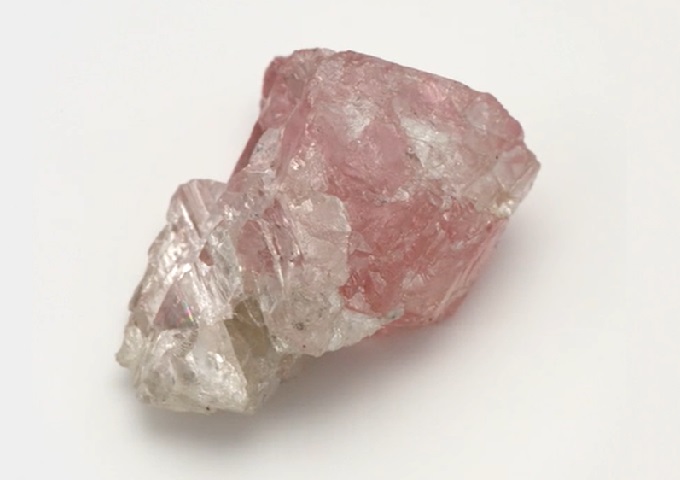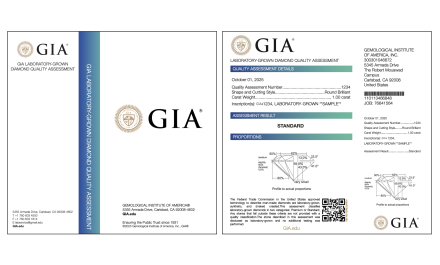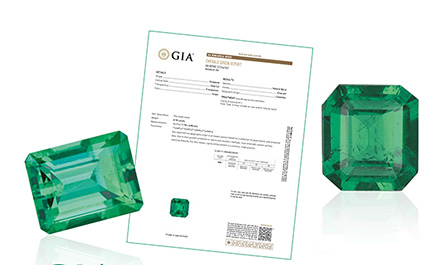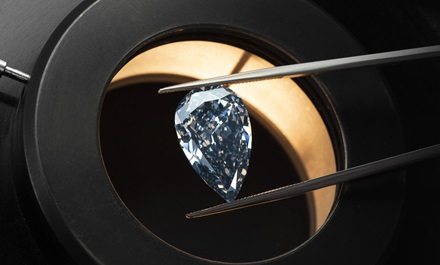The Gemological Institute of America (GIA) laboratory in Botswana recently examined an extraordinary pink-and-colourless bicolour rough diamond.
Reportedly from the Karowe mine, the 37.41-carat rough diamond has distinct colourless and pink sections, possibly indicating that the diamond formed at two different times. Showing mostly a sharp boundary between the pink and colourless zones, the stone was submitted to the laboratory for the GIA Diamond Origin Report service.
“It is generally understood that pink colour in diamonds results from significant stress causing a change in the diamond’s crystal structure known as plastic deformation,” said Sally Eaton-Magaña, senior manager of Diamond Identification at GIA in Carlsbad, California. “The pink section likely was initially colourless and then plastically deformed, perhaps by a mountain-forming event millions of years ago, resulting in its pink colour, with the colourless section forming at a later time.”
An article analysing the bicolour diamond by Eaton-Magaña and GIA Gaborone Senior Analytics Technician Kgotlaetsho Baatshwana and Analytics Technician Norma-Jean Osi is available on GIA’s website.
GIA had previously examined pink and colourless bicolour rough from Australia, but these were in much smaller specimens.
The Karowe mine is the source of several notable diamonds, including the 2,488-carat Motswedi diamond, which was also examined by GIA.










